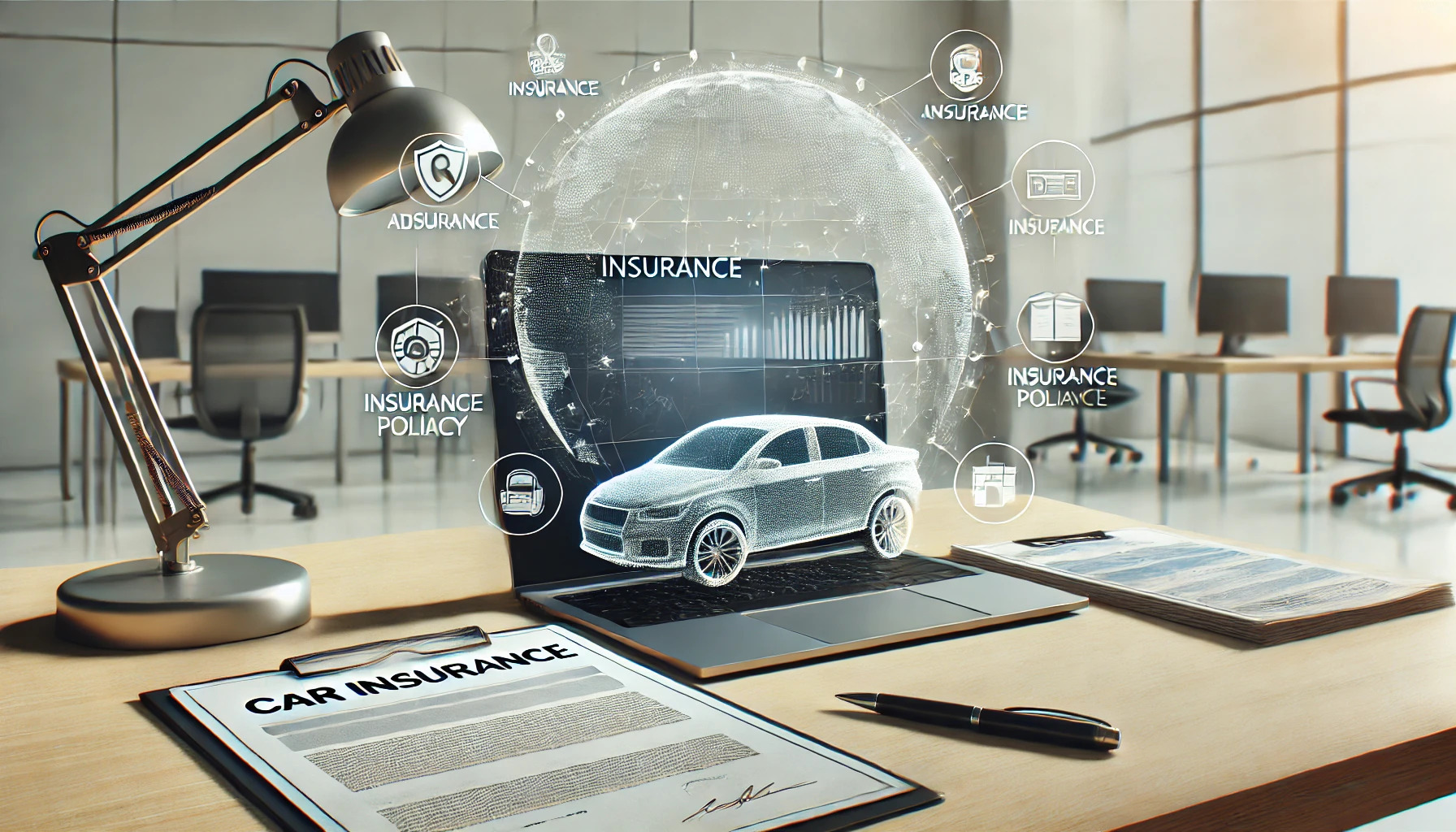
The Role of Insurance in the Automotive Industry
Insurance is the backbone of risk management strategies in the automotive industry. They play a crucial role far beyond simply settling claims in the event of an accident. This article takes an in-depth look at how insurance is shaping the automotive industry and the challenges and opportunities it presents.
The Importance of Insurance in the Automotive Industry
- Risk Management: Insurance is essential to manage the financial risks associated with owning and operating vehicles. They not only cover the costs in the event of an accident, but also provide protection against theft, natural disasters and other unforeseen events. This gives car owners and businesses the security they need to concentrate on the essentials - driving and using their vehicles.
- Innovation and Safety: Insurers play an active role in promoting vehicle safety. Many insurance companies support research and development projects aimed at improving safety technologies. By analyzing accident data, they can gain important insights that flow into the development of new safety systems such as automatic emergency braking systems or lane departure warning systems.
Challenges and Opportunities for Insurance Companies in the Automotive Industry
- Regulatory Changes: The insurance industry is often at the center of regulatory revisions aimed at strengthening consumer protection and ensuring the integrity of the market. Changes in insurance laws can have a significant impact on pricing and the scope of cover. Insurers must remain flexible and adapt to operate in line with new laws and regulations.
- Technological Developments: The rapid development of technologies such as telematics and artificial intelligence offers insurers the opportunity to create more personalized rates. Telematics devices that record driving data such as speed, braking behavior and driving times allow insurers to calculate risk-based premiums. This not only promotes fairer insurance rates, but also motivates drivers to drive more safely.
The integration of advanced data analysis methods will enable insurers to make even more precise risk assessments and offer innovative insurance products tailored to the individual needs of drivers. Furthermore, insurers could play a leading role in the development and implementation of safety technologies that have the potential to drastically reduce accident rates.
Conclusion
Insurance is an indispensable part of the automotive industry. Not only do they help to manage risks, but they also promote innovations that improve safety on the roads. With the constant challenges and opportunities presented by technological advances and regulatory changes, insurance remains a key player in the evolution of mobility. It is crucial that both consumers and businesses recognize and utilize the importance of insurance to ensure both safety and financial stability.